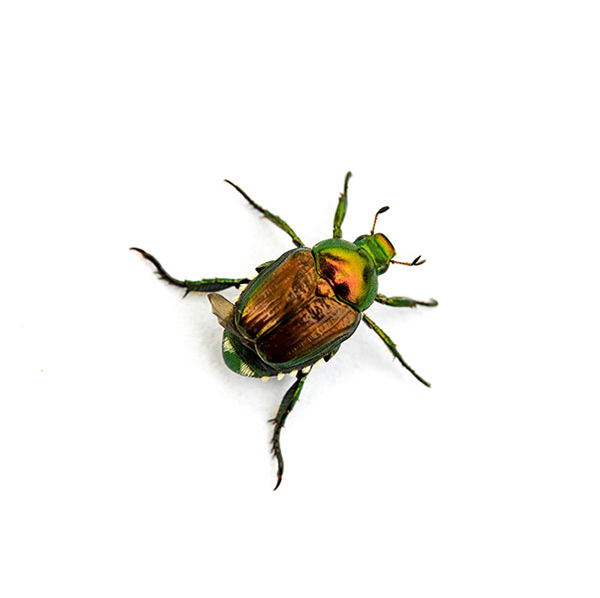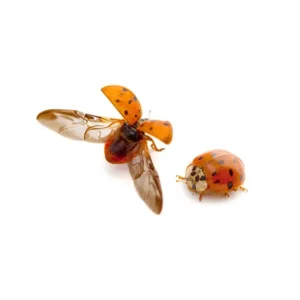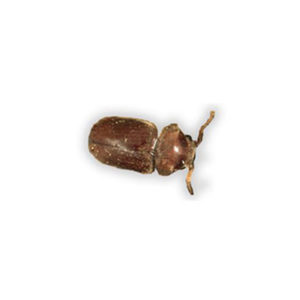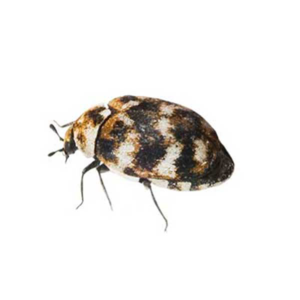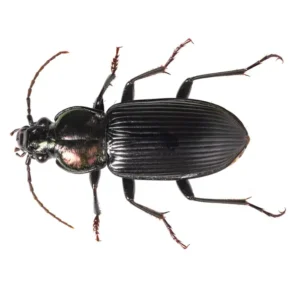Japanese Beetles in Memphis TN Metro Area
The Japanese beetle is a highly prevalent and damaging pest that affects lawns, landscape, and ornamental plants across the United States. It poses a significant threat to turf, trees, shrubs, flowers, and crops. While adult Japanese beetles consume more than 300 plant species, their larvae (grubs) primarily feed on grass roots. These beetles are challenging and costly to control, as they cause harm by feeding on grassroots, resulting in damage to turf, golf courses, and pastures. They were initially discovered in the United States in 1916 in New Jersey and have since spread to different states.
Japanese Beetle Habitat
Japanese beetles possess a broad range of plants they can feed on and can thrive wherever there is ample foliage. They are not restricted to specific environments like forests or grasslands but can be found in farms, cities, and even gardens. These beetles are particularly prevalent on roses, beans, grapes, and raspberries. With their insatiable appetite, Japanese beetles are most active on sunny days, especially warm ones, and tend to feed in groups under direct sunlight. As adult beetles are capable of flight, they can easily move across a homeowner’s landscape. These pests typically begin eating at the top of plants and progressively work their way down.
Japanese Beetle Behaviors, Threats, or Dangers
Japanese beetles possess strong chewing mouthparts that enable them to consume leaves, but they do not bite people. However, the economic impact and expense of controlling Japanese beetles in the United States exceed $460 million annually! The distinct feeding behavior of Japanese beetles makes their damage easily recognizable. They feed on the soft tissue between leaf veins, leaving behind a distinct pattern resembling lace or a skeletonized appearance. In addition, the grubs of these beetles can cause damage to grass as they feed in the soil during winter. This can lead to the formation of brown patches of dead or dying grass, which can be easily uprooted due to weakened roots. If you suspect a Japanese beetle infestation, contact a local beetle control expert.

